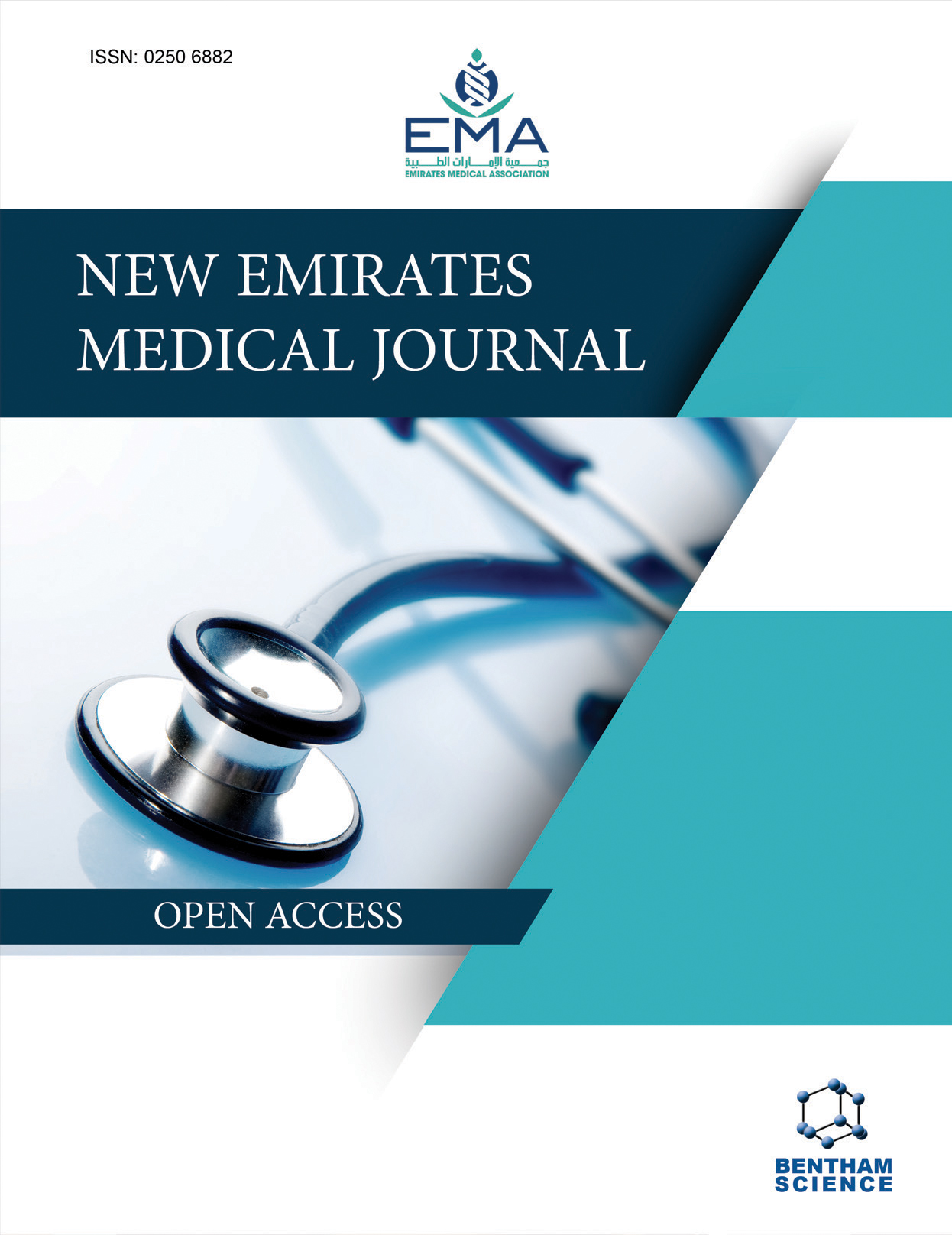-
oa UAE Consensus on Patient Profiles for Pre-exposure Prophylaxis with Monoclonal Antibodies against COVID-19 in Hematological Malignancies and Immunocompromised States
- Source: New Emirates Medical Journal, Volume 5, Issue 1, Jan 2024, e02506882347591
-
- 30 Jul 2024
- 16 Oct 2024
- 01 Jan 2024
Abstract
Despite significant advancements in COVID-19 treatment and prevention, immunocompromised individuals, particularly those with hematological malignancies, remain at high risk for severe infection and suboptimal vaccine response. Pre-exposure prophylaxis strategies for these vulnerable populations have been limited. Monoclonal antibodies, proteins designed to target specific antigens, offer a promising preventive solution for individuals unable to mount a sufficient immune response to vaccination. However, there is a critical unmet need to establish clear patient selection criteria for pre-exposure prophylaxis with monoclonal antibodies in these groups. This consensus statement explores recent research to address this gap, outlining profiles of patients most likely to benefit from monoclonal antibody-based prophylaxis.
The consensus statement was developed through a rigorous process, utilizing a pre-Delphi search method and a modified Delphi technique to gather expert opinions. This approach ensured a comprehensive and informed consensus among experts in the field. Initially, nine distinct patient categories requiring pre-exposure prophylaxis with monoclonal antibodies were identified. Through iterative rounds of expert feedback, discussion, and refinement, these nine categories were expanded and subdivided into twelve more specific groups of hematological malignancies and immunocompromised disorders. This refinement aimed to better capture the diverse patient profiles requiring prophylaxis, providing a more detailed framework for the targeted administration of monoclonal antibodies.
The study resulted in the panel members agreeing on nine categories for the use of monoclonal antibodies in COVID-19 prevention for high-risk patients. Achieving consensus among experts is crucial as it reflects the collective validation of evidence-based recommendations that can be reliably applied in clinical practice. A 100% agreement was reached for HIV and AIDS, underscoring the unanimous recognition of the vulnerability of this group to severe COVID-19 outcomes. Similarly, 96% agreement was reached for patients on immunomodulatory drugs (IMiDs), and 90.5% for those with hematological diseases, highlighting strong expert support for prophylaxis in these categories. Immunodeficiencies and renal conditions garnered 86% agreement, indicating broad, although slightly more varied, expert consensus on these groups. Lastly, 80% of the panel supported patients with solid organ cancer, liver conditions, rare neurological disorders, and severe life-limiting neuro-disabilities, reflecting recognition of their elevated risk despite more diverse opinions for these categories.
This consensus statement offers healthcare professionals in the UAE a clear, evidence-based framework for the use of monoclonal antibodies in preventing COVID-19 among patients with hematological malignancies and immunocompromised conditions. By outlining specific patient categories, the statement provides a practical guide that enables clinicians to make informed decisions about pre-exposure prophylaxis, ensuring that high-risk individuals receive timely and appropriate protection. The consensus not only enhances the ability of healthcare providers to identify and prioritize at-risk populations, but also optimizes patient outcomes by streamlining preventive measures in clinical practice. In addition, these findings lay the groundwork for future research and the development of standardized protocols, ultimately improving the management of vulnerable populations in the ongoing fight against COVID-19.


